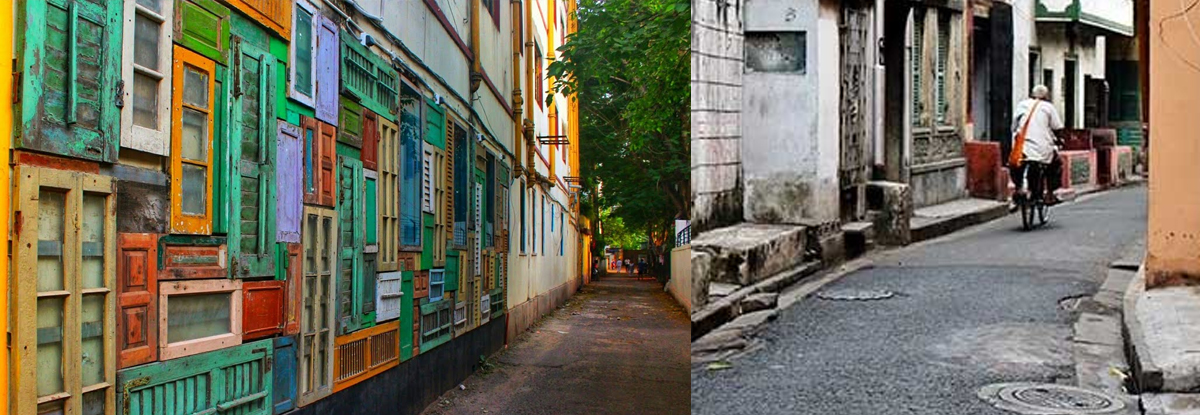Calcutta Lanes – Timeless Magic
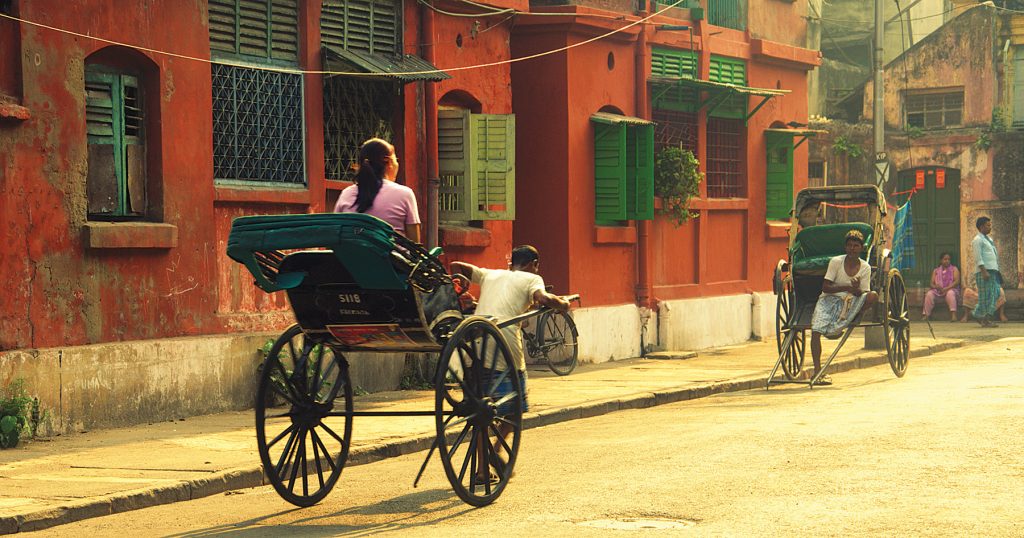
North and central Kolkata still sports some of the cityʼs typical lanes made famous in films like Parineeta, Kahani and Bow Barracks around the localities of Baghbazar, Shyambazar, Sovabazar and Bowbazar. These lanes have their own particular flavour harking back to times when the city came into being once the British traders arrived here to set up their trading outpost. Job Charnock sailed down the river Hooghly and set up a camp at a village called Sutanuti on a hot and muggy August afternoon in 1690.
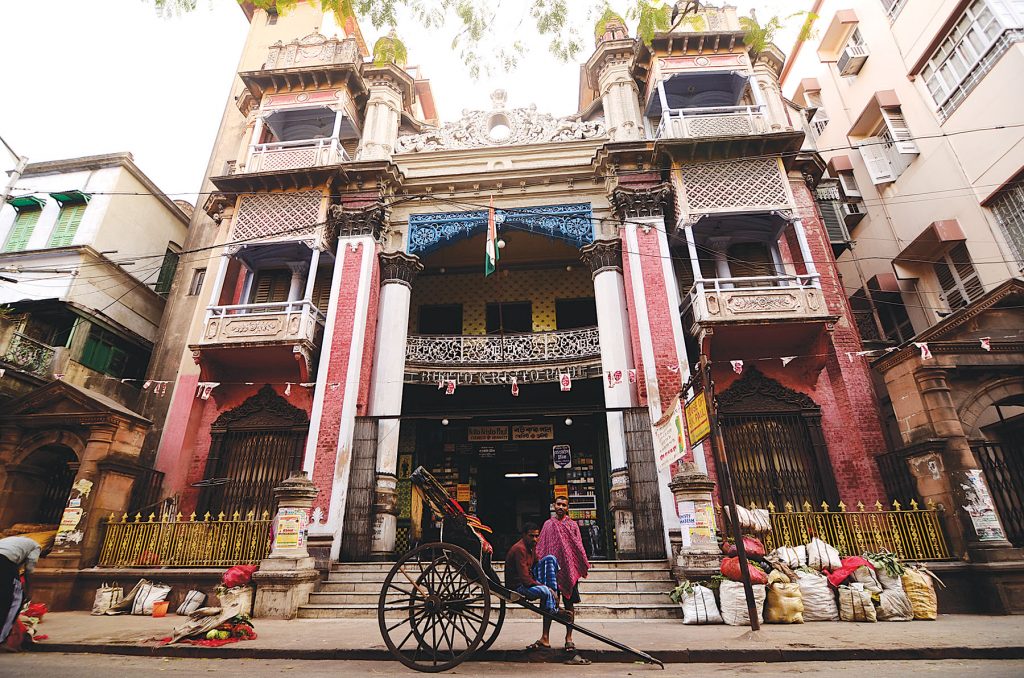
Gradually, three villages, Sutanuti, Gobindopur and Kolikata were merged together to form the city of Calcutta. While the British and other European communities preferred to live and have their offices in the southern parts, the native gentry and local rajas gravitated to the northern parts where narrow and winding lanes held sway. The Anglo-Indian community lived in the Bow Barracks in Bowbazar and gave the local lanes their particular character and flavour.
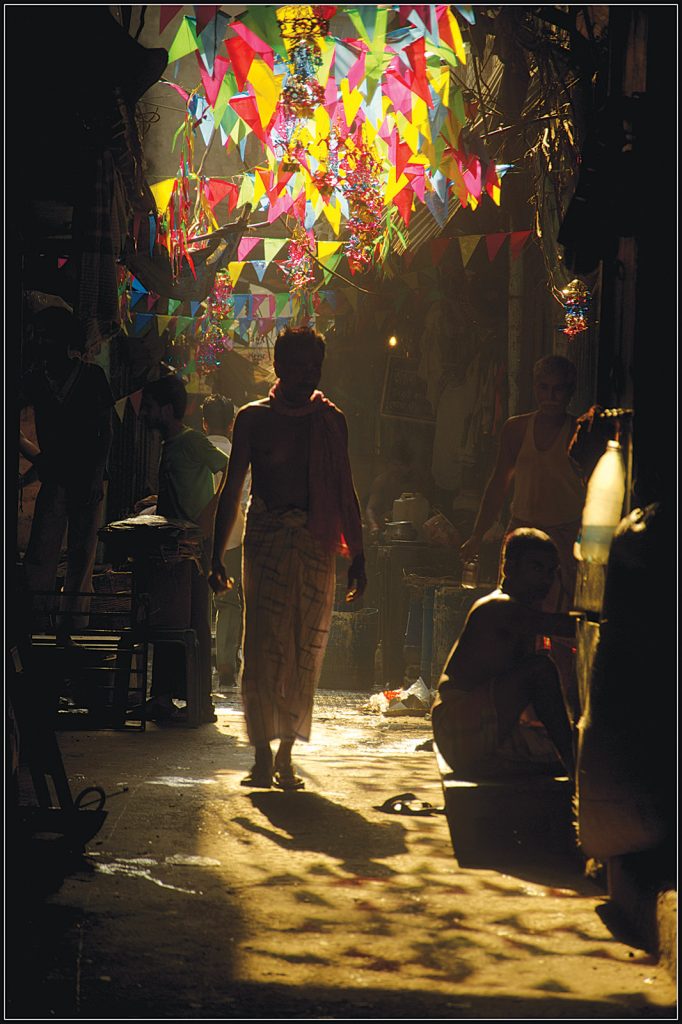
North Calcutta was more congested and more densely populated than the southern, European parts. North Calcutta is also the area which produced nationalist leaders, leading lights of trade and commerce and contributed greatly to what is known as The Bengal Renaissance.
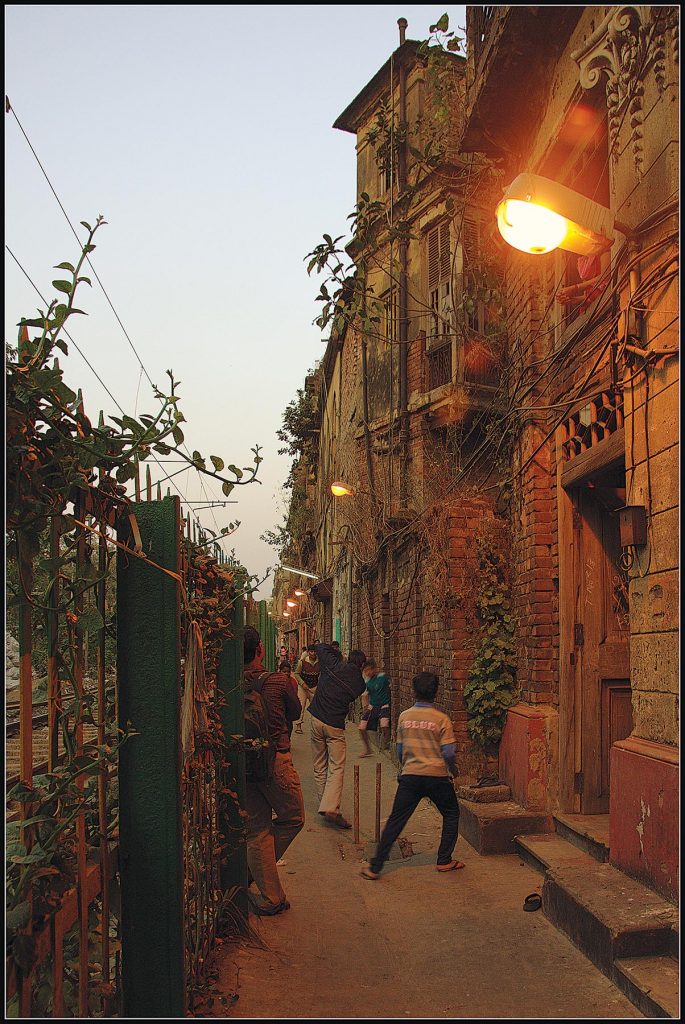
Possibly the first call to a house in north Kolkata by Sri Ramakrishna was in 1877. He visited the ancestral house of Kalinath Bose, then numbered as 40, Bosepara Lane (presently 47B, Ma Saradamani Sarani). It was here that he first met Harinath Chaterjee (later Swami Turiyananda) and Girish Chandra Ghosh, the noted playwright. Sister Nivedita also came and lived in Bosepara Lane. Bagbazar in the northern part of Calcutta had itsown fascination for Sri Ramakrishnaʼs devotees. On one side stood Balaram Boseʼs house, the ʻCalcutta Citadelʼ of Sri Ramakrishna, where his disciples repaired for rest. On its north-east was the huge family mansion of Girish Chandra Ghosh. A little to its north was the Holy Motherʼs house. All these houses were encircled by the Ramkanto Bose Street and Bosepara Lane, whose very dust was trod upon by Sri Ramakrishna.

